For friendly mobile for 100 parts
*Real
ATR-72 LIGHT MODE (jk)
This plane used 100 parts (from this)
ATR-72
The ATR 72 is a twin-engine turboprop, short-haul regional airliner developed and produced in France and Italy by aircraft manufacturer ATR (French: Avions de transport régional or Italian: Aerei da Trasporto Regionale), a joint venture formed by French aerospace company Aérospatiale (now part of Airbus) and Italian aviation conglomerate Aeritalia (now Leonardo S.p.A.). The number "72" in its name is derived from the aircraft's typical standard seating capacity of 72 passengers.
During the 1980s, French aerospace company Aérospatiale and Italian aviation conglomerate Aeritalia merged their work on a new generation of regional aircraft. A new jointly owned company, ATR, was established to develop, manufacture, and market their first airliner, which was later designated as the ATR 42. On 16 August 1984, the first model of the series, designated as the ATR 42-300, performed the type's maiden flight. During the mid-1980s, the ATR 72 was developed as a stretched variant of the ATR 42. On 27 October 1989, Finnish airline Finnair became the first airline to operate the type in revenue service. The ATR 72 has also been used as a corporate transport, cargo aircraft, and maritime patrol aircraft.
To date, all of the ATR series have been completed at the company's final assembly line in Toulouse, France; ATR benefits from sharing resources and technology with Airbus SE, which has continued to hold a 50% interest in the company. Successive models of the ATR 72 have been developed. Typical updates have included new avionics, such as a glass cockpit, and the adoption of newer engine versions to deliver enhanced performance, such as increased efficiency and reliability and reductions in operating costs. The aircraft shares a high degree of commonality with the smaller ATR 42, which remains in production as of January 2023.
Origins
During the mid-1980s, ATR sought to introduce a larger airliner with increased capacity over its earlier products. This new regional airliner, designated as the ATR 72, was directly developed from the earlier ATR 42 and had much in common with it; the principal difference between the two airliners was an increase in the maximum seating capacity from 48 to 78 passengers. This was principally achieved by stretching the fuselage by 4.5 m (15 ft), along with an increase of the wingspan, the use of more powerful engines, and increased fuel capacity by about 10%.
On 15 January 1986, the launch of the stretched ATR 72 programme was announced. On 27 October 1988, the first prototype performed its maiden flight. One year later, on 25 September 1989, the ATR 72 received airworthiness certification from the French Directorate General for Civil Aviation. During the following month, on 27 October 1989, Finnish airline Finnair became the first airline to introduce the aircraft into service. Since the ATR 72 is assembled on the same production line as the smaller ATR 42, along with sharing the majority of subsystems, components, and manufacturing techniques, the two types support each other to remain in production. This factor may have been crucial as, by 2015, the ATR 42 was the only 50-seat regional aircraft that was still being manufactured.
During 2000, the combined global ATR fleet reached its 10,000,000th flight, during which a distance around 4 billion km (2.5 billion statute miles) had been flown and around 450 million passengers had flown on board ATR-built aircraft. The 2007 production set a new record for the programme's sales; a total of 113 new ATR aircraft had been ordered during a single year. By the end of 2014, ATR had received 1,000 orders for the type and delivered a total of 754, leaving a backlog of 246 aircraft.
Within the ATR company, various organisational changes were implemented. On 10 July 1998, ATR launched its new Asset Management Department. In June 2001, EADS and Alenia Aeronautica, ATR's parent companies, decided to reinforce their partnership, regrouping all industrial activities related to regional airliners into the ATR consortium. On 3 October 2003, ATR became one of the first aircraft manufacturers to be certified under ISO 9001-2000 and EN/AS/JISQ 9100, the worldwide quality standard for the aeronautics industry. During July 2004, ATR and Brazilian aircraft manufacturer Embraer announced a co-operation agreement on the AEROChain Portal for the purpose of delivering improved customer service. During April 2009, ATR announced the launch of its 'Door-2-Door' service as a new option in its comprehensive customer services range. In 2017, the 72-600 unit cost was US$26 million.
Further development
As of October 2007, the current production version is the ATR 72-600 series. On 2 October 2007, ATR CEO Stéphane Mayer announced the launch of the -600 series aircraft; the ATR 42-600 and ATR 72-600 featured various improvements to increase efficiency, dispatch reliability, lower fuel burn and operating costs. While broadly similar to the earlier -500 model; differences include the adoption of improved PW127M engines, a new glass cockpit, and a variety of other minor improvements.
Since 2008, ATR has been a participant in the European Clean Sky Joint Technology Initiative. On 8 July 2015, an ATR 72-600 'green' technology demonstrator performed its first flight; the demonstrator was used for testing new composite materials for insulation, air conditioning systems, electrical distribution systems, and energy dispersal modifications to evaluate their effect on the aircraft's overall efficiency as a contribution to the Clean Sky initiative. ATR's senior vice-president for engineering Alessandro Amendola indicated that the elimination of all uses of bleed air was a key aim in the designing of an all-electric architecture as well as improving engine efficiency; the minimising of peak electrical loads was also a stated priority. During March 2016, a second round of flight trials dedicated the testing of all-electric systems architecture using the demonstrator was completed; analysis is set to continue.
As a consequence of strong demand for the -600 series, ATR decided to invest in the establishment of a second, more modern final assembly line and acquisition of more hangar space at its Toulouse site, along with a new large completion and delivery area; overall, the manufacturing operation expanded to four times the footprint that it had in 2005. Speaking in October 2015, ATR CEO Patrick de Castelbajac stated that the firm was set to produce in excess of 90 aircraft that year, and that the new manufacturing facilities could support a production rate of up to 120 per year. At the time, the company had a backlog of orders for 300 aircraft, sufficient for three years of production. During 2017, a new in-house financing and leasing division was established by ATR in order to offer customers a greater degree of support and expand the company's range of services.
Considerable emphasis has been placed upon the continuous development of ATR's aircraft models. Speaking at the Farnborough Airshow in July 2016, the CEO of ATR Patrick de Castelbajac stated that the company was currently examining the possibility of replacing the current Pratt & Whitney Canada PW127 engine with either a new offer from P&WC, or a GE38 derivative from GE Aviation. Although expressing satisfaction with the PW127 engine and its supplier, Castelbajac noted the design's age and the need to remain competitive with the latest regional jets. To be a worthwhile exercise, any re-engine exercise would require a 15 per cent improvement in fuel-burn and 20-25 per cent reduction of direct maintenance costs. Additionally, Castelbajac sees the potential re-engine as a "bridge" to the eventual development of a larger 100-seat aircraft.
During the mid-2010s, reports emerged that the development of a further stretched 90-seat ATR model was under consideration as well; allegedly, shareholder Airbus was relatively unenthusiastic on proceeding with such a development, while Airbus CEO Fabrice Brégier favoured a focus on resolving manufacturing issues. However, in January 2018, ATR's parent company Leonardo announced that the 100-seat program has been formally brought to a close.
"No, this is weapon. Brttttttttttttttttttttttttttttttttttttttt"
-Unknown
Planes by @MAPA (no need tags. Farewell 🥲)
Specifications
General Characteristics
- Predecessor Aérospatiale ATR-72 (Project Kings)
- Created On Android
- Wingspan 83.9ft (25.6m)
- Length 85.1ft (25.9m)
- Height 24.6ft (7.5m)
- Empty Weight N/A
- Loaded Weight 32,788lbs (14,872kg)
Performance
- Horse Power/Weight Ratio 0.121
- Wing Loading 26.3lbs/ft2 (128.6kg/m2)
- Wing Area 1,244.6ft2 (115.6m2)
- Drag Points 6193
Parts
- Number of Parts 100
- Control Surfaces 9
- Performance Cost 586

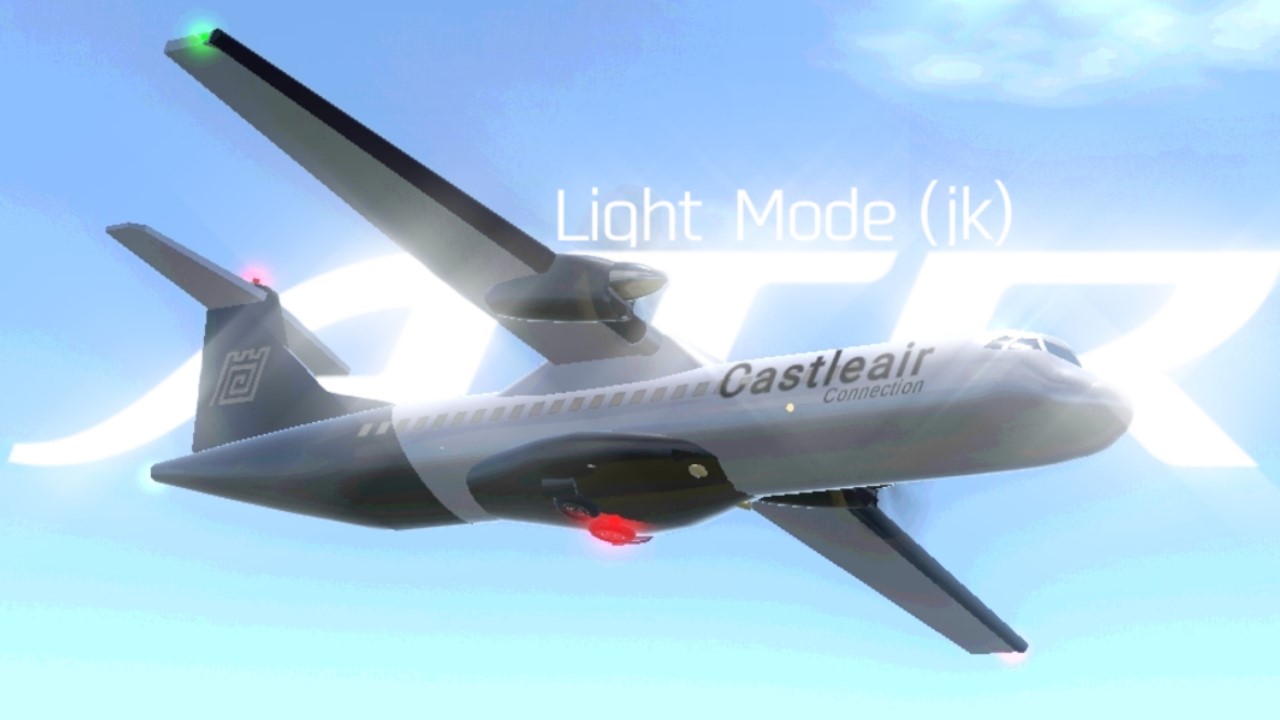
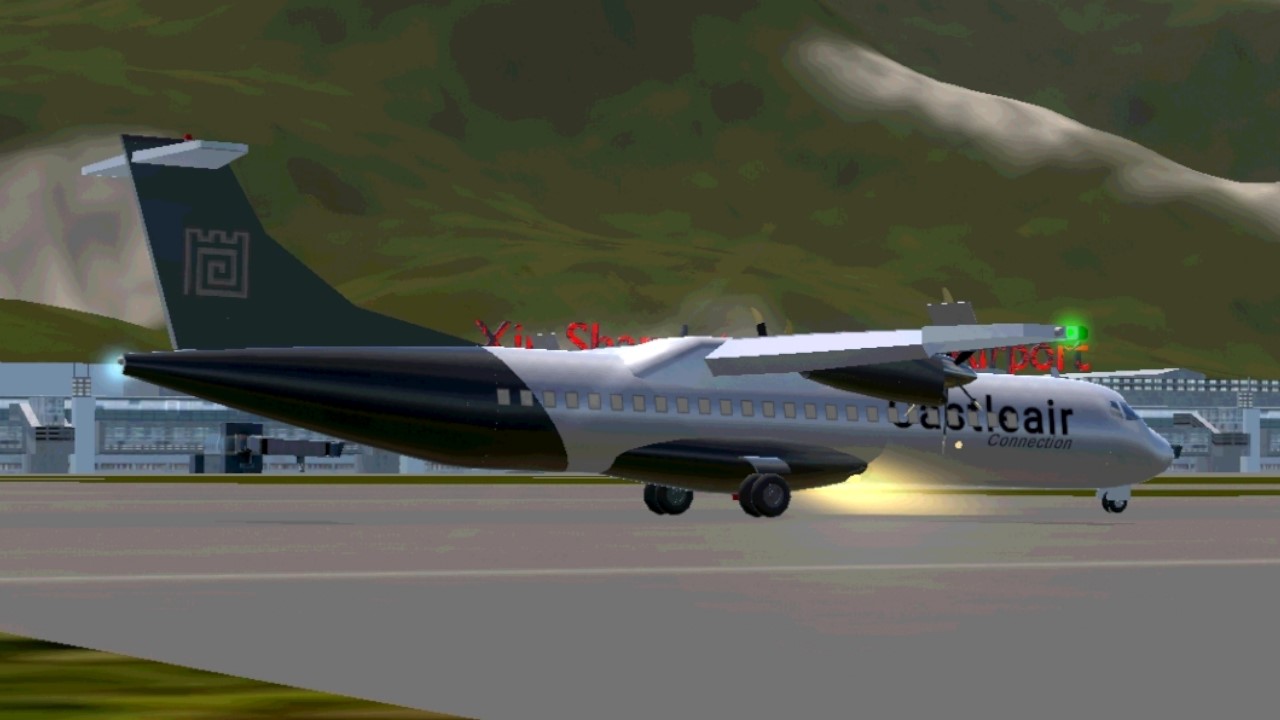
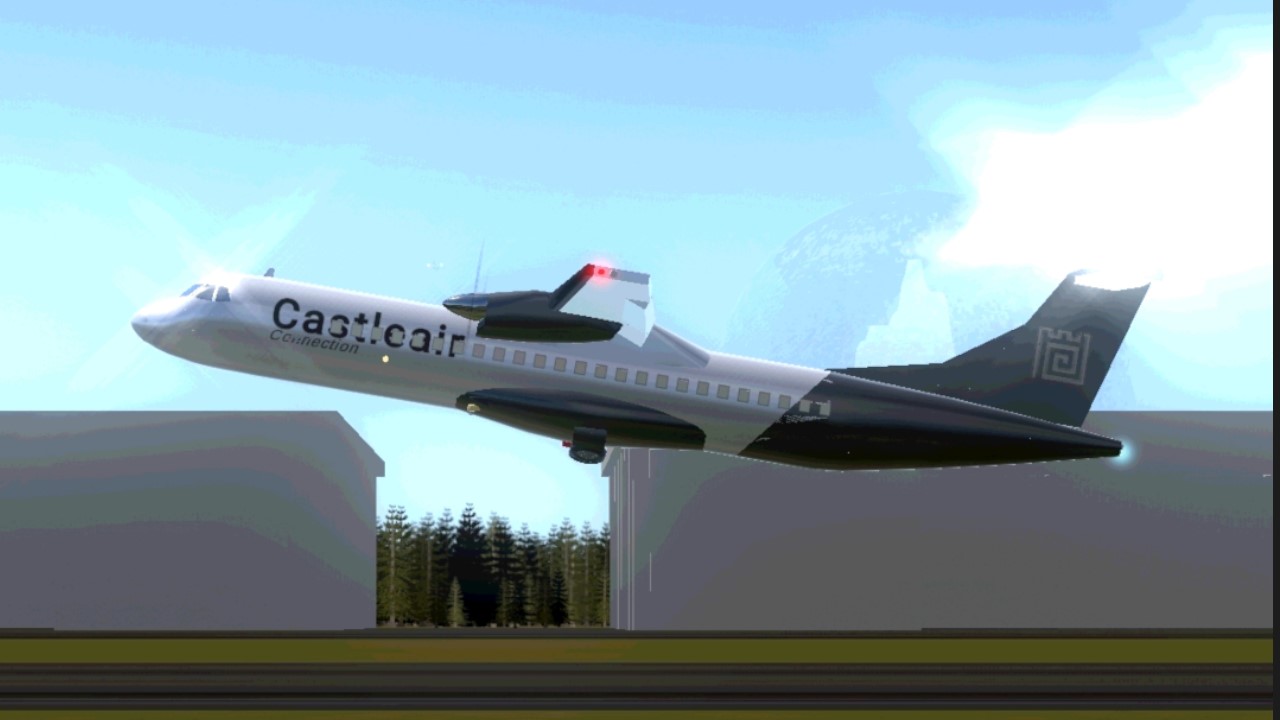
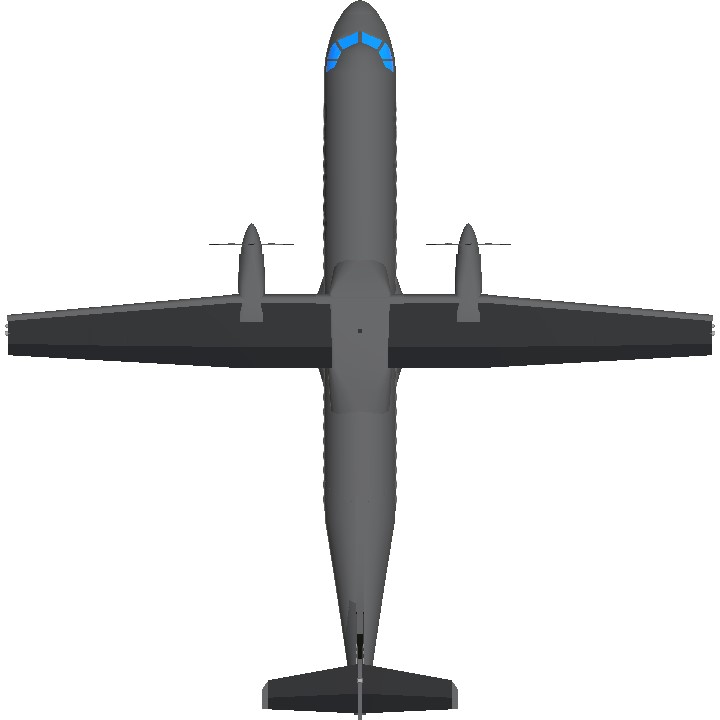
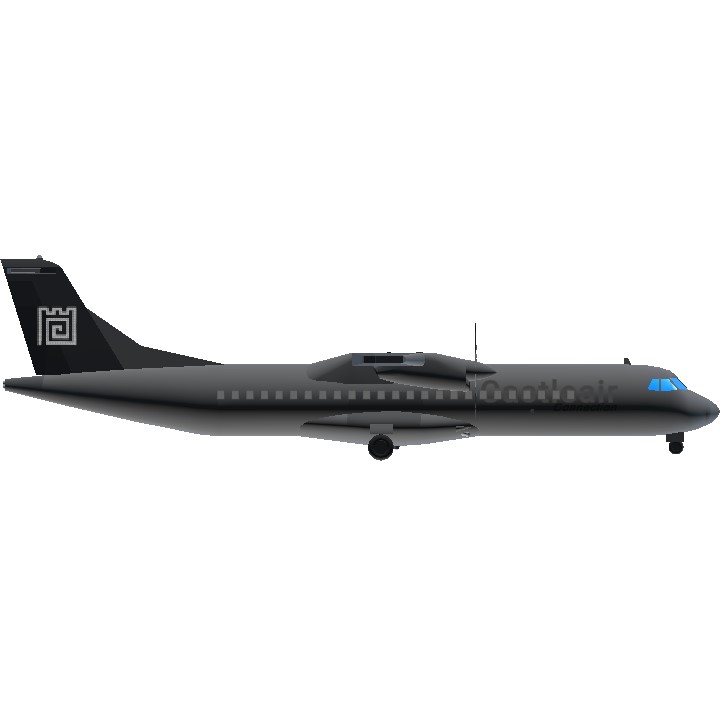
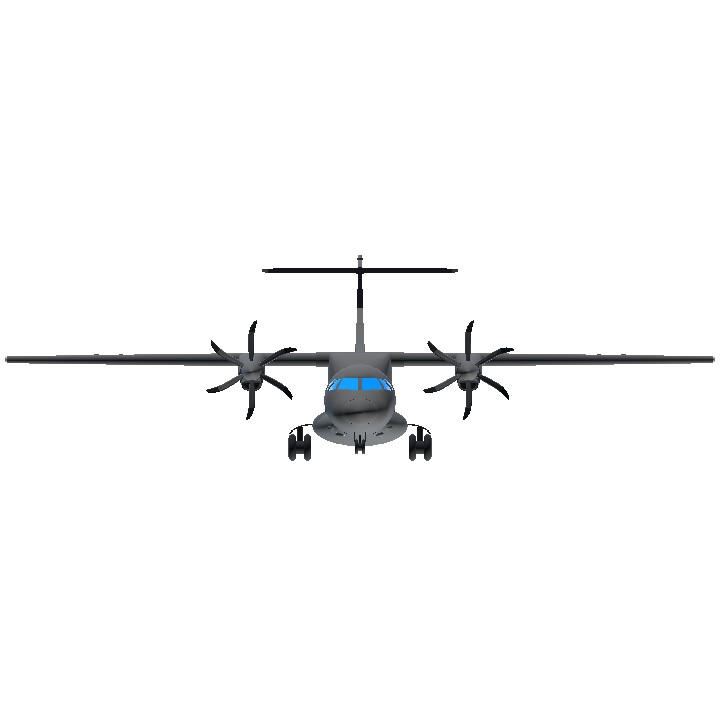
yeah i forgot remove "[AI]" (not post but aircraft name) because this isn't AI, because maximum is 96 parts, also this it's more than 96 parts, this aircraft used 100 parts, added 7 (1 body, 2 livery, 4 text) from 96 parts to 100 parts. (In facts: this isn't AI, actually it's okay)